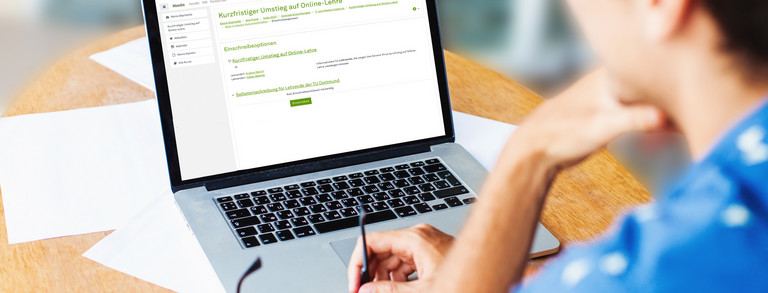The Radio Field as a Sensor - a Segmentation Based Soil Moisture Sensing Approach
- Univ.-Prof. Dr.-Ing. Christian Wietfeld
- Publications
- TaMIS
- SFB 876
In 2018 IEEE Sensors Applications Symposium, Seoul, Korea, March 2018.
Abstract:
Soil moisture sensing is important for many different monitoring applications. Especially for a dam monitoring system, soil moisture is one of the most safety-critical parameters. The coverage area of spot based soil moisture sensors is very limited and they mostly provide insignificant benefits, if the area of interest is not largely known. The developed Soil Moisture Sensing system uses the radio field as a sensor and covers a larger area with minimum invasion, even at locations difficult to reach. The radio field between buried nodes provides information about the channel conditions allowing assessments to be made of the soil characteristics within the communication channel. Long Range packet radio modules, originate from the Internet of Things, ensure a robust communication with a high receiver sensitivity enabling an application as Wireless Underground Sensors. In this paper, the sensing system is used for a long-term evaluation of the soil moisture at the airside of the Bever dam near to Wuppertal in Germany. It is shown that the measured Received Signal Strength Indicator variation of the underground communication link quality enables a classification of precipitation events. Further, the experimental setup of a sensor field in the laboratory performs
a segmentation based soil moisture sensing and visualizes the moisture with a higher resolution. This concept is transferred to the Long Range approach while ensuring a reasonable trade-off between evaluation accuracy and battery lifetime.

